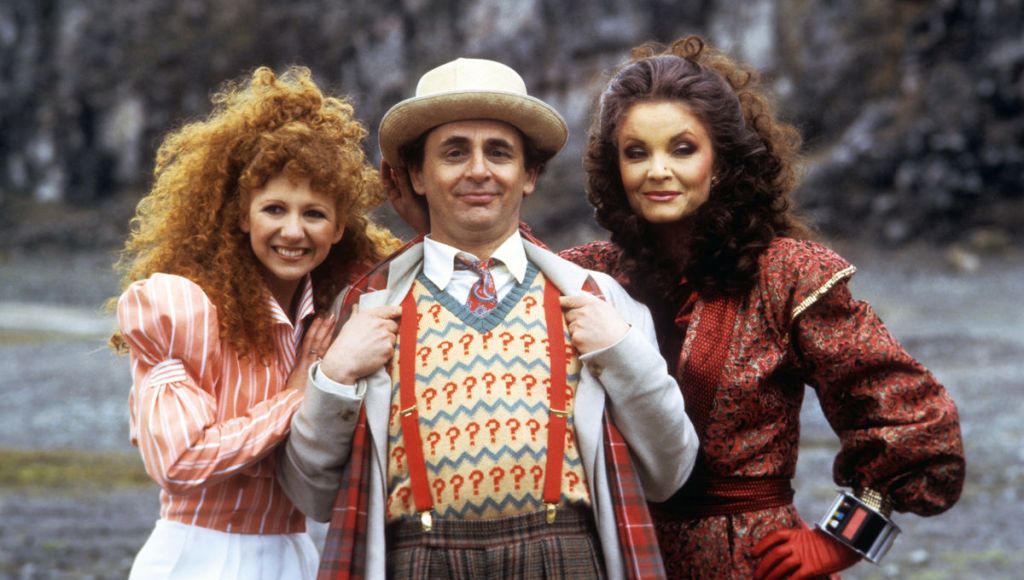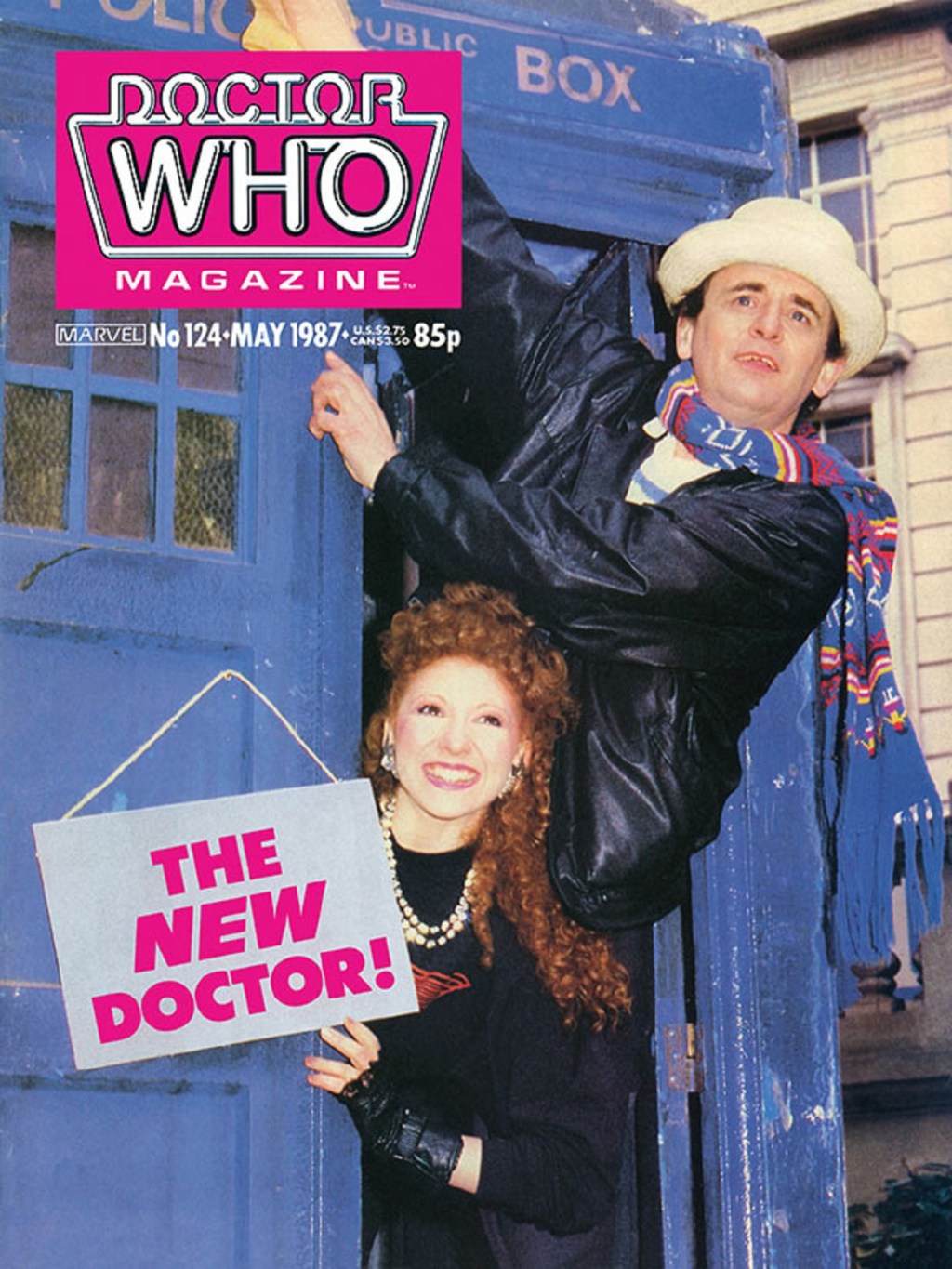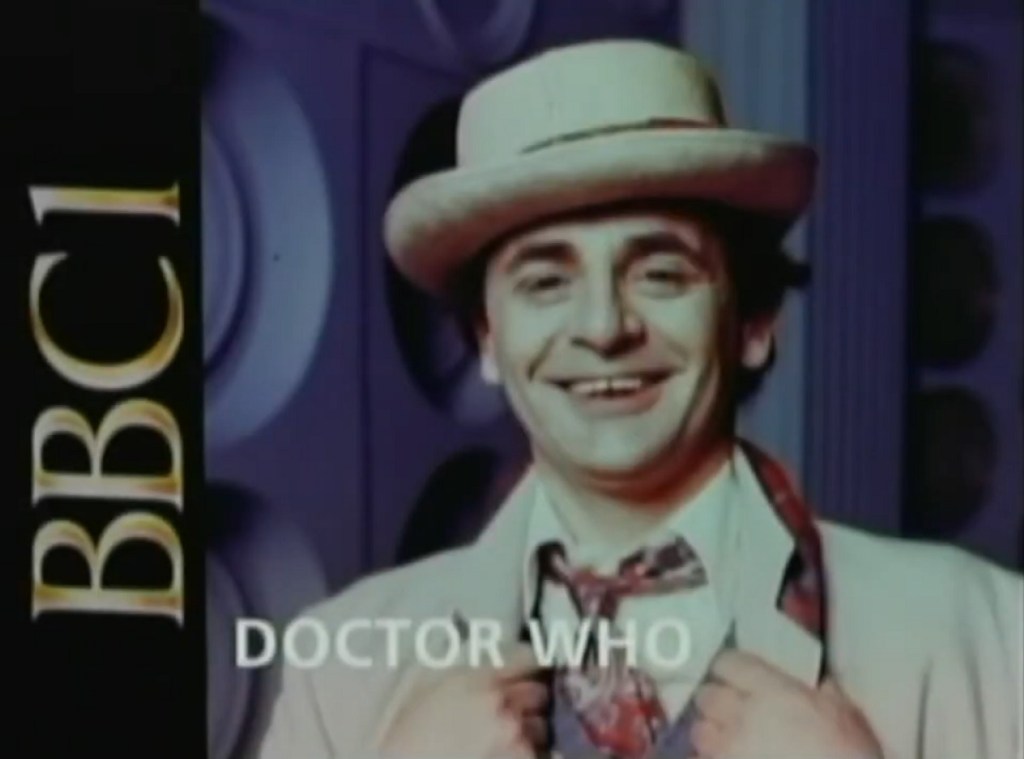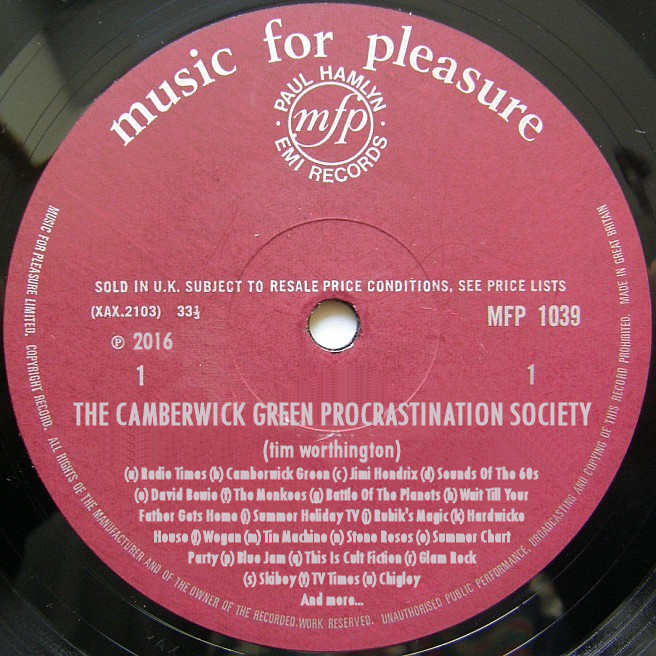
This is the second part of my epic length look at and indeed defence of the 1987 Doctor Who story Time And The Rani and indeed the Sylvester McCoy years in general – you can find the introduction, casting a weary glance back at a time when Doctor Who‘s public standing was so low that you were obliged to watch watch it on the black and white portable, here – and while it is effectively essentially just scene-setting, I also feel that it captures the excitement of waiting for new Doctor Who or indeed new anything in another age when you honestly had no idea of what to expect outside of a handful of details that had been officially disclosed to Doctor Who Magazine and Radio Times in a relatably personal manner; actually you can find more on that very subject in my review of the much later Doctor Who story Thin Ice here. If you’re interested, there’s a massively expanded version of the full collected Time And Time Melts The Snowman – including my thoughts on Cobra, in which Sylvester Stallone most definitely did not play ‘Mister Who’ – in Can’t Help Thinking About Me, available in paperback here or from the Kindle Store here.
Sylvester Stallone’s the new Mister Who!”.
It was with those words, uttered by a classmate who was obsessed with being the ‘first’ with the latest showbiz news despite apparently never quite understanding what any of the words involved in it actually meant, that I first learned of the casting of the seventh – and, as it would turn out, final – Doctor Who lead actor of the show’s original run.
Whatever ‘Mister Who’ may have been, it’s entirely possible that Sylvester Stallone might indeed have considered ditching Cobra to take up the lead role in it; after all, he was always being linked around then to unlikely revivals of old cult franchises that ultimately – and thankfully – never happened. As for Doctor Who, however, they had perhaps more sensibly opted for Sylvester McCoy, who on paper at least seemed like an inspired choice. To younger viewers, he was already well known as the anarchic quick-talking second-stringer in a variety of off-the-wall children’s shows including Vision On, Eureka, Tiswas and a stint as the ‘tall’ one of The O-Men in Jigsaw. Meanwhile, to older viewers, he was familiar from a variety of more cerebral shows such as the gently absurdist nostalgic sitcom Big Jim And The Figaro Club, not to mention literal careering around arts and culture shows as part of the worryingly unpredictable performance troupe The Ken Campbell Roadshow. Those somewhere in between would at least have seen him marching around on whatever that ITV schools programme was holding up a placard reading ‘EQUAL RIGHTS FOR MCCOY’. In short he was an energetic, freewheeling, versatile performer with wide experience of non-mainstream theatre and a clear leaning towards the role of the ‘outsider’. In other words, exactly what Doctor Who needed at that point.
That said, we need to be honest about this – what Doctor Who needed at that point was a lot more than that. It needed a new and more assertive producer, it needed the showboating BBC ‘top brass’ to admit to themselves that there were other scheduling inconveniences far more deserving and worthy of being deliberately run into the ground, it needed fans who weren’t barking mad monomaniacs intent on catapulting themselves at The House Of Commons dressed as The Shrivenzale in protest at something or other where nobody was ever quite sure what it was, and above all it needed a slot in the schedules that wasn’t directly against bastard Coronation Street. It didn’t get any of this, of course, but never let it be said that those who were left to fight the battle didn’t fight it admirably, and in a manner that led many of the remaining faithful to believe, just for a minute, that they might win after all.
Despite what the revisionists from both outside and inside Doctor Who fandom might insist on insisting, and regardless of whether it actually worked or not, there really was a stylistic sea change from Sylvester McCoy’s arrival onwards, and a vivid determination to get as far away as possible from directionless self-referential mean-spiritedness of the previous couple of series. For the admittedly few who did stay on board for what one certain continuity announcer infamously described as “a journey to an altogether more far-flung shore”, this meant a much-needed freshness, brightness and sense of fun, and – just for the briefest of moments – a genuine hope that they might finally be getting it right again, and that the lingering threat of ‘cancellation’ might finally recede. Those who did keep the faith staggeringly still have to argue their position with evident passion even now, likening the situation as it felt at the time to everything from a ship that, while still not exactly hurtling back towards shore at a rate of knots, the production team had at least managed to turn around, to the more simple act of opening a window, and to be honest it is difficult to disagree with either. As indeed you can find out from my own slightly longer thoughts on this widely ignored rush of hope and optimism here.

That hope and optimism was quickly dashed, and fans would see in a new decade with a famously inspiring Doctor Who Magazine cover featuring a dejected-looking Sylvester McCoy beneath the headline ‘Waiting In The Wings – What Does The Doctor Do Next?’. Over time, this hope-dashing would lead to a widespread and persistent belief that there was never any hope to dash in the first place; that the series really was the ‘pantomime embarrassment’ that self-appointed ‘superfans’ with their own well-known personal agendas against cast and crew went to great lengths to inform us it was every three minutes, that the sets were uniformly flimsy and the music uniformly terrible, and that Sylvester McCoy spent three years falling over while saying “twosidzzzzzz onecoin” – and with friends like that, who needed indifferent BBC Heads of Drama? Yet, there were so many who watched, accepted and liked those three series on face value, who saw and felt the excitement and potential of the gradual improvement, and who really did believe for one gloriously futile moment that Doctor Who in still had a fighting chance in a changing home entertainment landscape and against the machinations of an incoming wave of media ‘money men’.
Sometimes, in fairness, arguments against the McCoy era have been made cogently, rationally, and backed up with thoughtful assessment. Nine times out of ten, however, they’ve been made by berks whose evaluation goes no further than the fact that they don’t particularly think much of McCoy’s debut story Time And The Rani. That, apparently, is the beginning and end of their argument, no further questions Madame Inquisitor. Is Time And The Rani even that bad, though? Surely there were at least some viewers who quite enjoyed it, and maybe even found it refreshing and invigorating after the aimless and alienating lack of restraint and focus that had dominated the past couple of series? Well, yes there are. Hello. You’re reading the stridently pro-McCoy ramblings of one of them right now; and this is as good a moment as any to take another look at the Seventh Doctor’s debut outing and see if any of that scoffing and snorting actually does hold any weight after all. So, fire up the black and white portable, sit impatiently through the last two minutes of Wogan, dart trepidatiously in and out of the room where everyone else is watching Coronation Street in colour to make sure you start the video just at the right moment, and let’s go!
With love to Paul Condon, the true believer.
NEXT TIME: New Theme Music, New Opening Titles, New Doctor – and New Problems...

Buy A Book!
You can find a massively expanded version of the complete Time And Tide Melts The Snowman with additional tales of having to watch on the black and white portable in Can’t Help Thinking About Me, a collection of columns and features with a personal twist. Can’t Help Thinking About Me is available in paperback here or from the Kindle Store here.
Alternately, if you’re just feeling generous, you can buy me a coffee here. Let’s face it, they could have done with some during The Trial Of A Time Lord.
Further Reading
It Would Make Your Tea Sweet? is a look at Doctor Who‘s 25th Anniversary and one particular scene in Remembrance Of The Daleks; you can find it here.
Further Listening
There’s more about a happier occasion when everyone was watching Doctor Who on the colour television in Looks Unfamiliar here.

© Tim Worthington.
Please don’t copy this only with more italics and exclamation marks.
